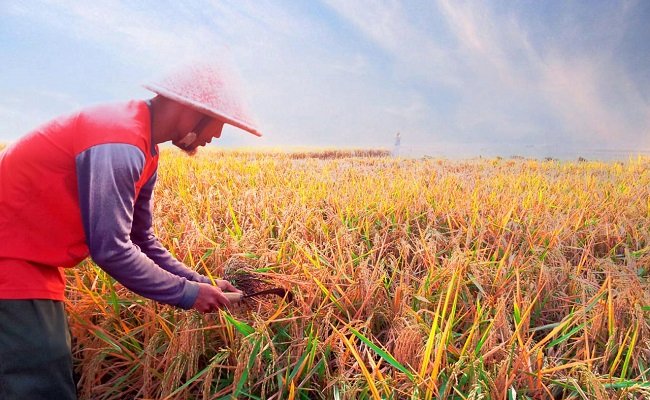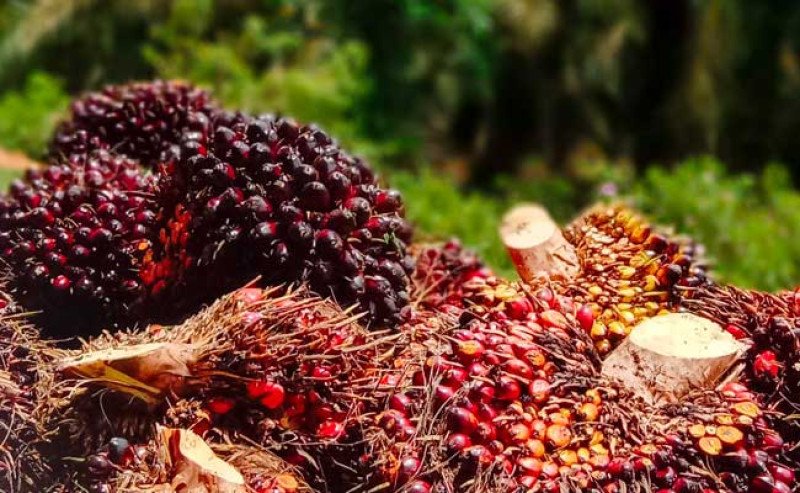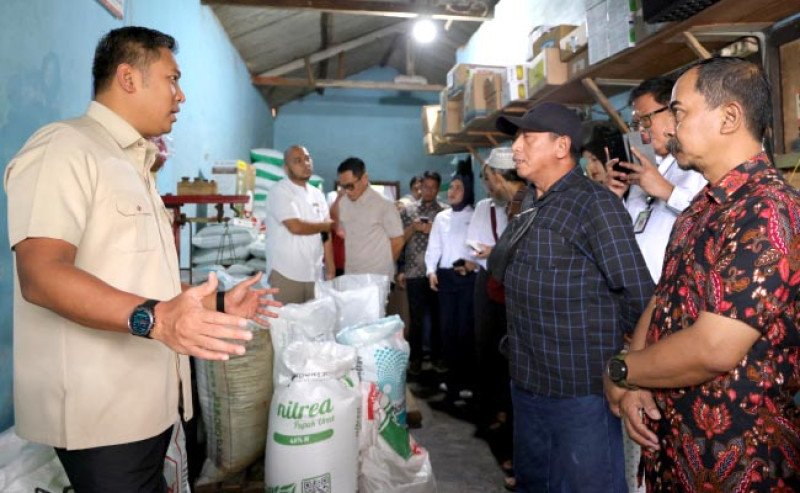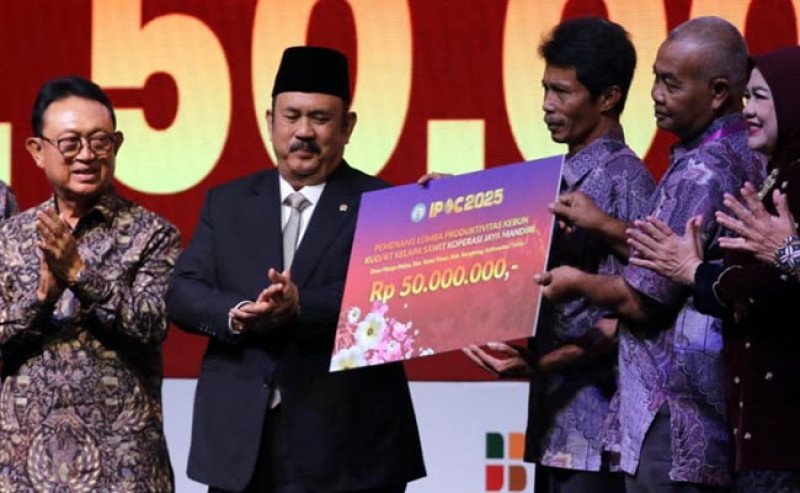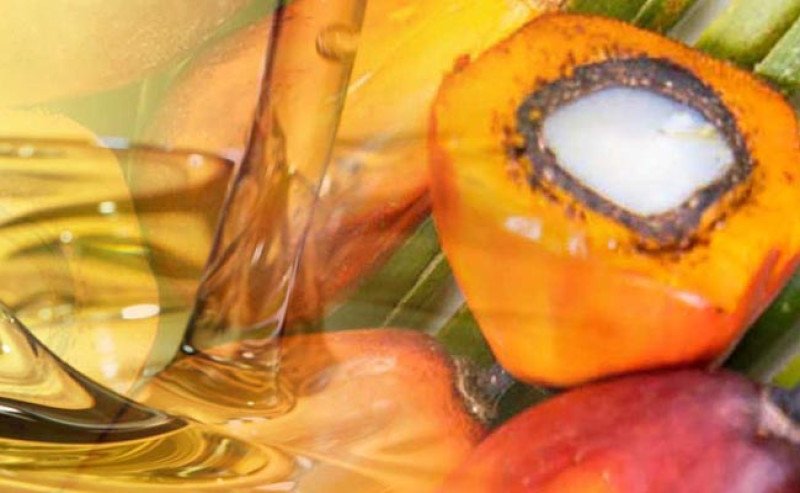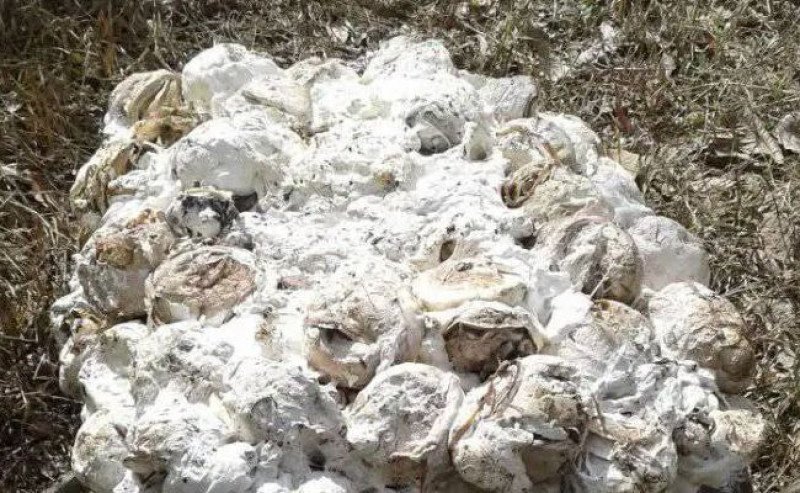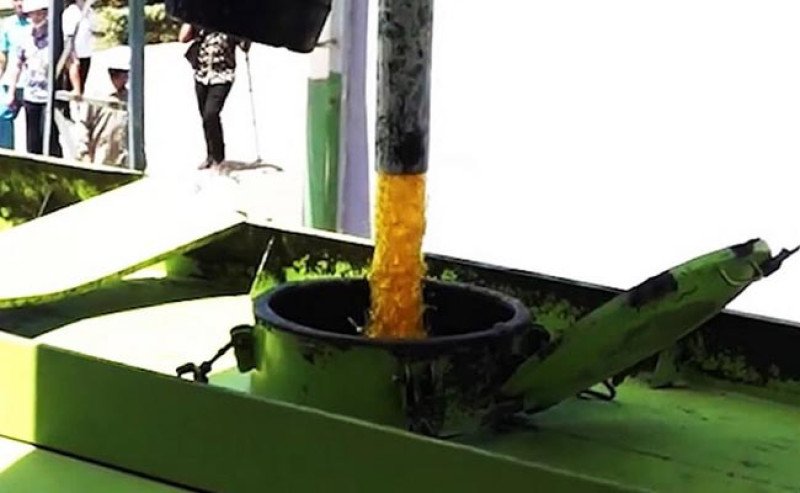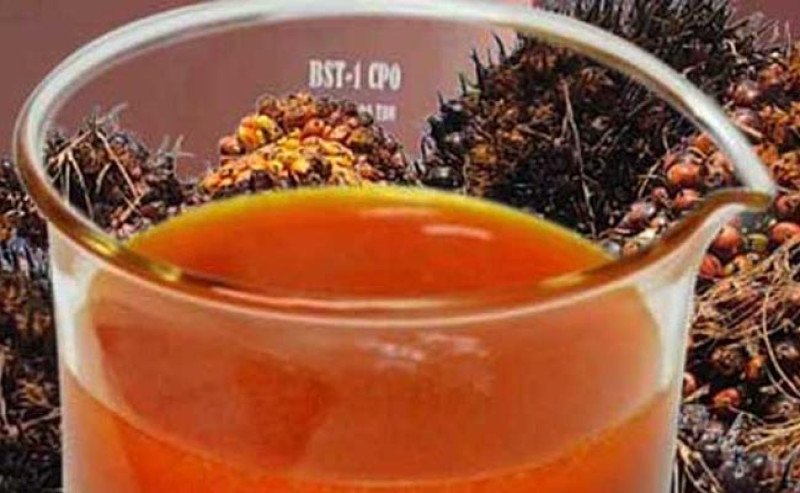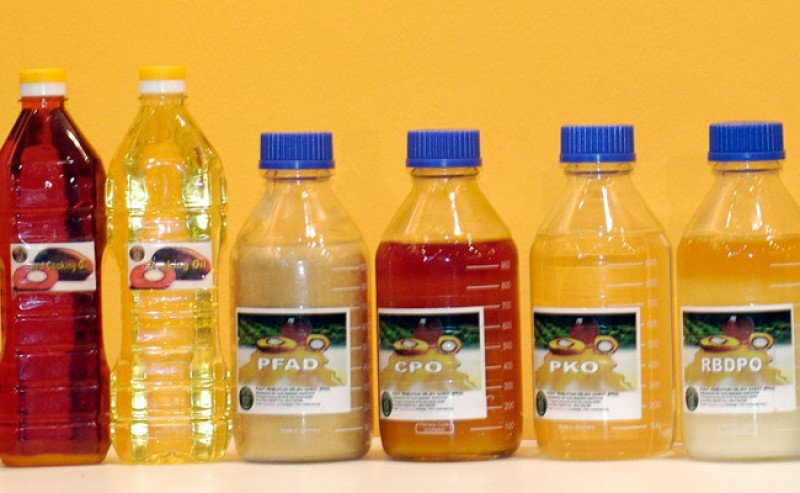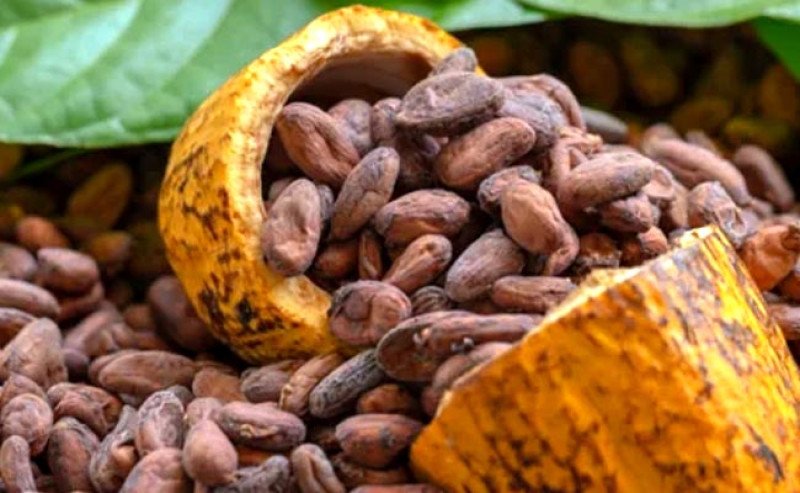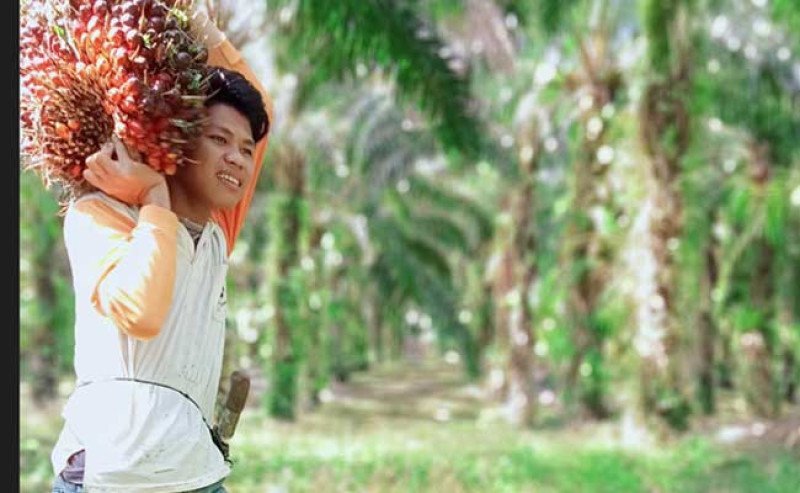Agricom.id, JAKARTA – To increase the rice production nationally both in quality and quantity, Minister of Agriculture, Syahrul Yasin Limpo (SYL) told that the milling stakeholders play the important roles. He hoped that they could increase the capability and capacity of the millings.
“We in the ministry of agriculture have Komando Strategi Pembangunan Penggilingan Padi (Kostraling). It is the place that the milling stakeholders could advantage, namely the micro and small stakeholders. I think, Kostraling is the place to make the better class of the milling business,” he said when opening the meeting of Koordinasi Komando Strategis Penggilingan Padi (Kostraling), Wednesday (22/7/2020) in teleconference.
He thought that ministry of agriculture tries that the milling stakeholders could increase their class both in the capability and role in rice industries.
“We do hope that through Kostraling, the stakeholders should not mill only but also could be the buffer stock by making the storage and ability of better packaging,” he said.
Through Kostraling, he is committed to facilitate the milling industrial revitalization, namely for the micro and small scale. The revitalization itself would not be from the government’s fund but also would be from the cooperation with the banks, through kredit usaha rakyat (KUR).
“I do hope that it is better for the milling stakeholders to advantage KUR. It does not mean that we eliminate the helps. But I believed if using KUR, you could run better this business more seriously,” he said.
He also mentioned that the paddy milling or agriculture sectors in general have the promising prospect. When other sectors are hit by the pandemic, agriculture sectors are profitable still.
“I always tell that Indonesia could win from the Covid-19 pandemic through agriculture. In any condition, the people need food to eat. That is why agriculture business, including the milling has the better prospect. Every milling business should go better because our agriculture is needed in the domestic and abroad,” he said.
In the same occasion, Persatuan Pengusaha Penggilingan Padi dan Beras (Perpadi) did positively welcome the Kostraling. Chairman of Perpadi, Sutarto Alimoeso said that Kostraling could be the place for the milling stakeholders to meet with the banks and other groups of policy makers.
“We do hope that many micro and small stakeholders could get the KUR and accelerate the revitalization. If we could revitalize it, there would be decreasing loss, increase the yield, make efficient and qualified rice and eventually we could increase the rice production nationally,” he said.
Based on Perpadi’s data, most of the milling industries are from the micro and small stakeholders. Their characteristic is involving one to four workers while the small stakeholders involve 5 - 19 workers.
“Paddy milling industries nationally are mostly from the micro and small stakeholders. Their management is not good enough. It needs to revitalize the management, configure and complete everything. It needs capital and integrated market access,” he said.
Meanwhile, General Director of Food Plantation, Ministry of Agriculture, Suwandi told that his side would keep encouraging the Kostraling as the bridge among the paddy producers and consumers.
“This meeting was held to identify the field issues. Kostraling runs for six months and by KUR, it is hoped that Kostraling could be more and the future harvest could be absorbed by Kostraling,” he said.
He also mentioned that food plantation sub-sector has the KUR absorption by 18 July 2020 reaching Rp 6,9 billion or 31,54 percent of the KUR realization totally which reached Rp 21,9 billion in agriculture. The milling industries absorbed KUR for more than Rp 335 billion. (A2)
